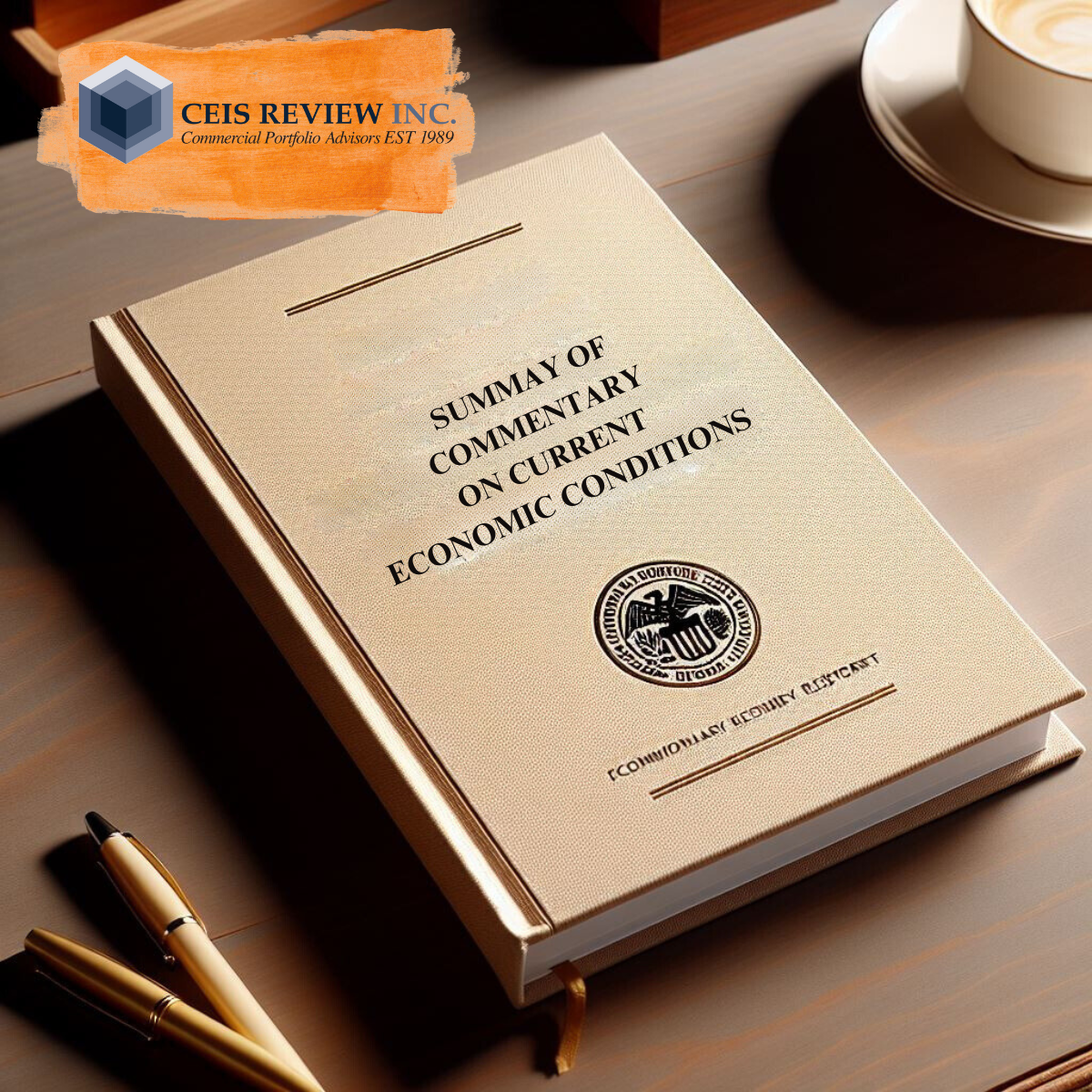By the end of 2020 it is estimated that U.S. community banks could face a 50% decrease in earnings due to spikes in credit costs. Second-quarter earnings have not yet exposed a significant decline in credit quality, in part due to deferrals of interest and/or principal payments on their loans as promoted under the CARES Act. However, with much of the forbearance that banks have provided coming to an end soon, it is likely we will see a rise in credit costs for the third and fourth quarters as borrowers are unable to service their loans. A recent projection for community banks reveals that return on average equity will decline from 10.69% in 2019 to 4.61% in 20201. However, the Paycheck Protection Program (PPP) may provide some relief for these banks as fee income is projected to increase significantly.
An analysis by S&P1 predicts that 14.3% of community banks loans at the end of the first quarter were deferrals. While the CARES Act (including deferrals, PPP loans, unemployment benefits and other stimulus efforts) has temporarily prevented some elements of economic catastrophe, it is likely that when the parameters of this act end, many of the deferred loans will end up in nonperforming status.
Trends in the country’s unemployment rate also indicate that banks will face significant credit loss. As mentioned, the CARES Act was able to provide some temporary economic aid, including greater unemployment benefits, but these will be expiring by the end of July. Although unemployment rates have decreased from the height of the U.S. shutdown, it is estimated that unemployment could still be at 9.2% in December 2020, which is comparable to highs during the Great Recession.
Unemployment will certainly contribute to increased credit losses for community banks. S&P1 projects that these banks will see non-performing loans skyrocket to 2.24% by the end of 2020, up from 0.63% in 2019 and that net charge-offs will increase to 0.68%, more than 3 times the level in 20191.
In terms of larger banks, the concern at this stage is that loan loss reserves will not be sufficient to cover expected losses. Builds in loan loss reserves in the first quarter of 2020 were significant and roughly equivalent to those at the beginning of the 2008-2009 recession2. While the larger banks are now better capitalized, it is likely that additional large loan loss provisions will be needed to cover full-cycle loan losses. Among the top 17 banks with greater than $100 billion of assets, reserves as of March 31, 2020 were 32.4% of loan losses projected over a nine quarter “severely adverse” stress test scenario conducted by the Federal Reserve2. Loan underwriting might be more conservative at present that the last recession, but the speed and depth of the current recession due to the Covid-19 pandemic appear to have outstripped the stress test’s severely adverse scenario. Loan losses during the prior recession over a nine-quarter period averaged 6.8% and could range between 6.3% under the severely adverse scenario or as high at 10.3% under a U-shaped recovery2. In summary, significant additional increases to loan loss reserves are likely which will depress bank earning in the near term.






